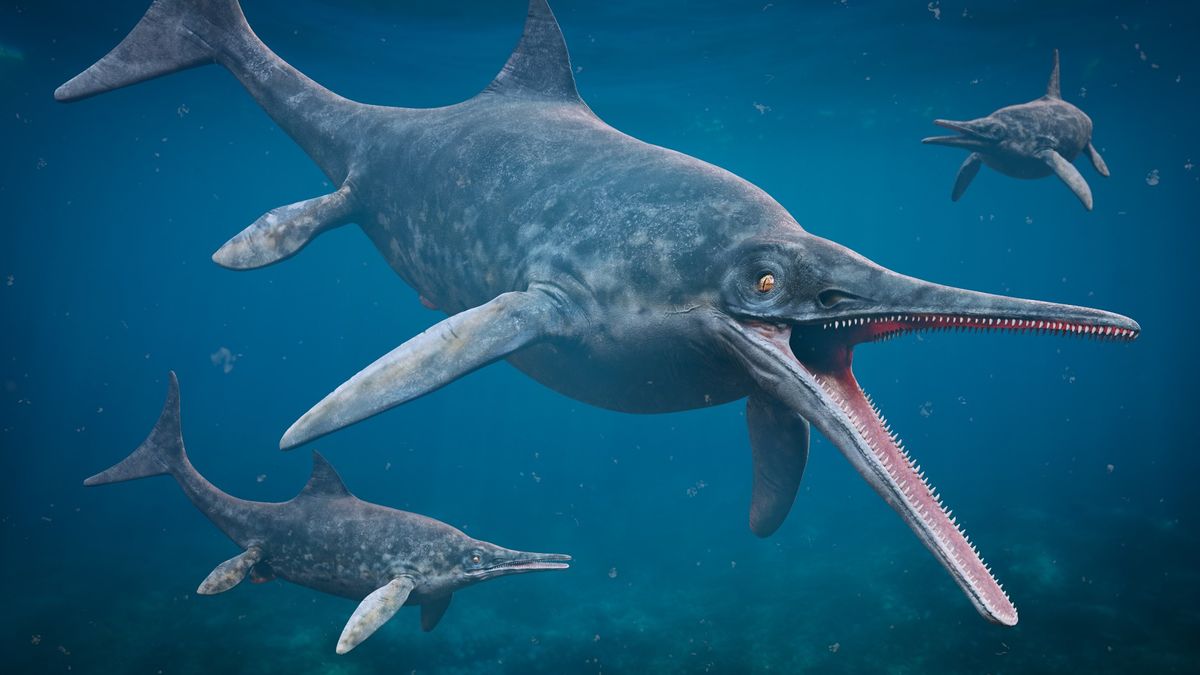upper part of a turtle shell that covers its back
bonUS bonUS (200) what is the lower part called?
carapace; plastron
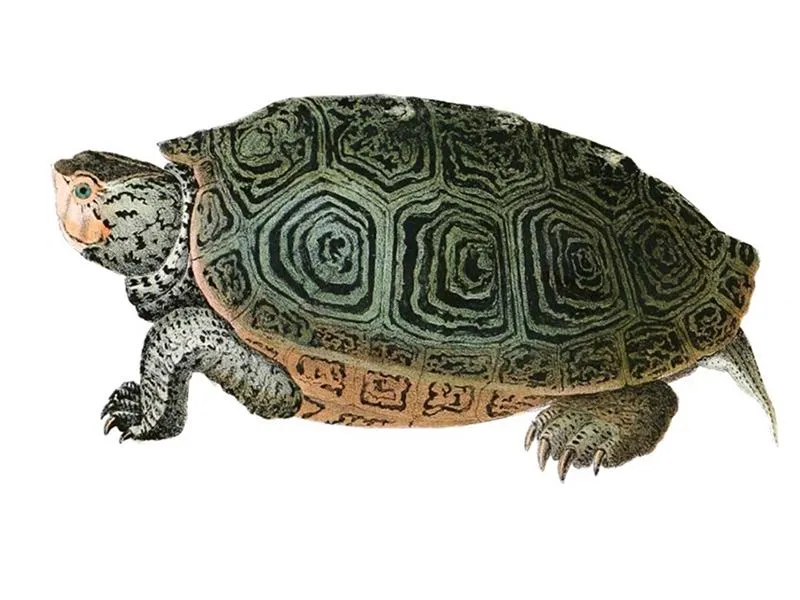
largest living lizard
Komodo dragon
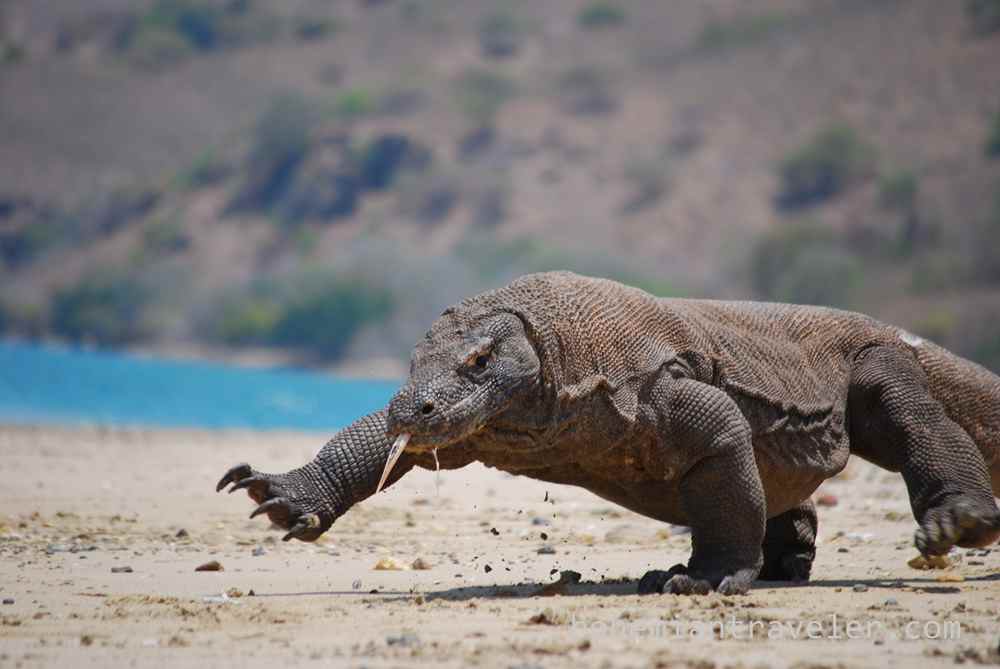
longest living animal
tortoise
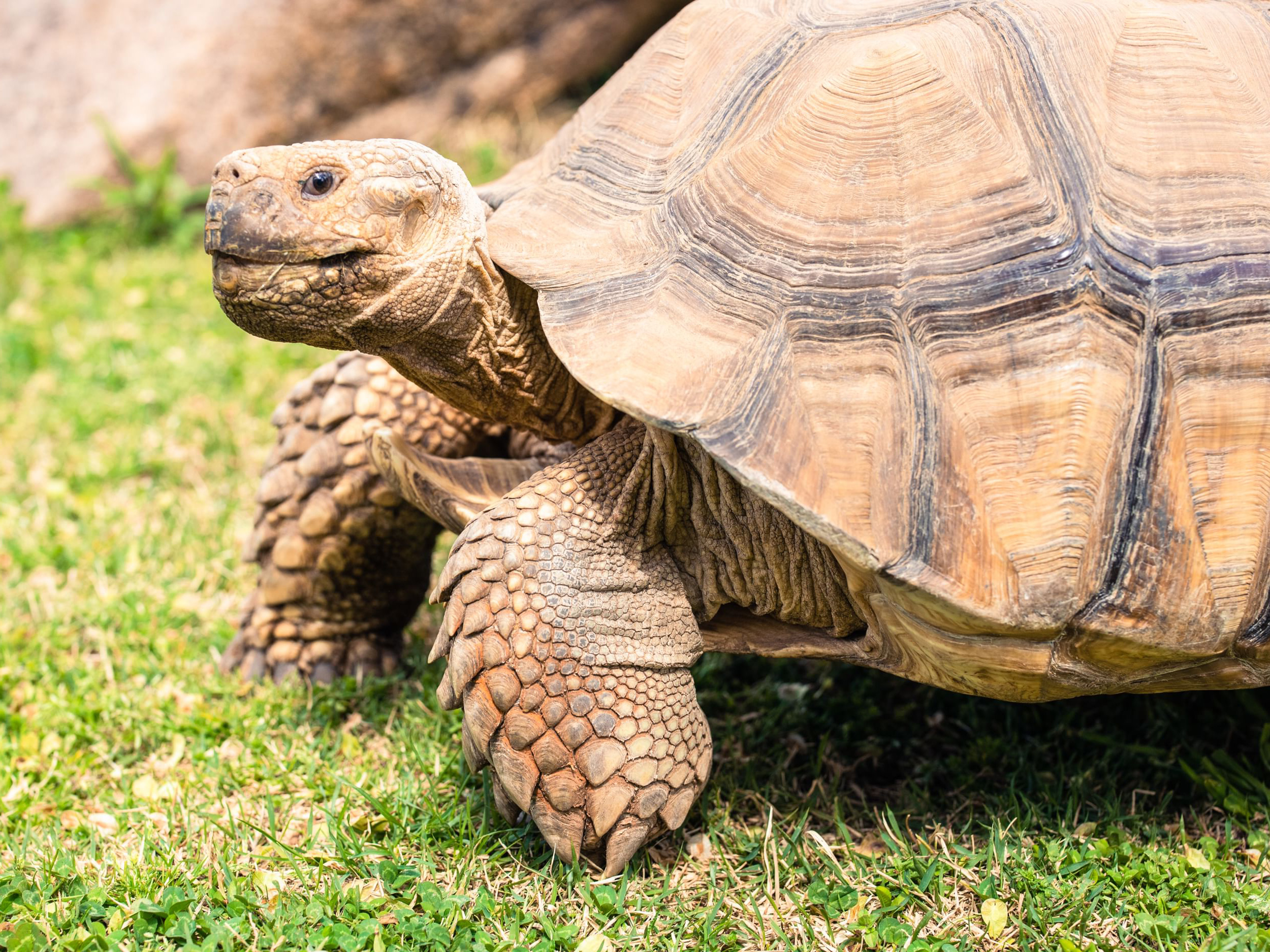
larvae of frogs and toads
tadpoles

scutes

largest snake in the world
anaconda
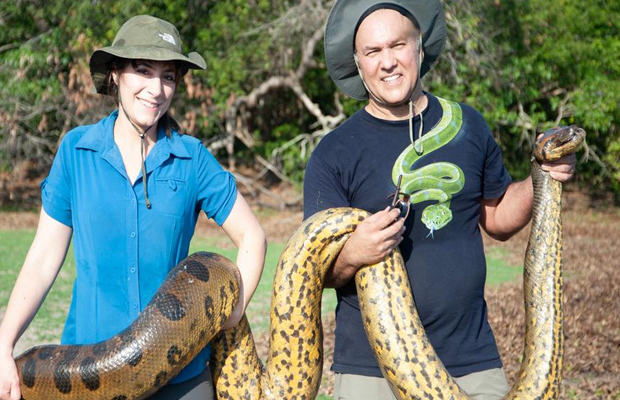
small, flat-bodied lizards with adhesive toe pads
geckos
group that frogs and toads belong to
anurans

gas-filled organ that fish use to stay suspended in the water
boNuS BoNUS boNUS: What type of fish have these? (300 points)
swim bladder; bony fish

protective case that shark eggs are laid inside
mermaid's purse

largest known fish
BONUS (what does it use to filter its food) (200pts)
what shark; cartilaginous rods/gill rakers/gills
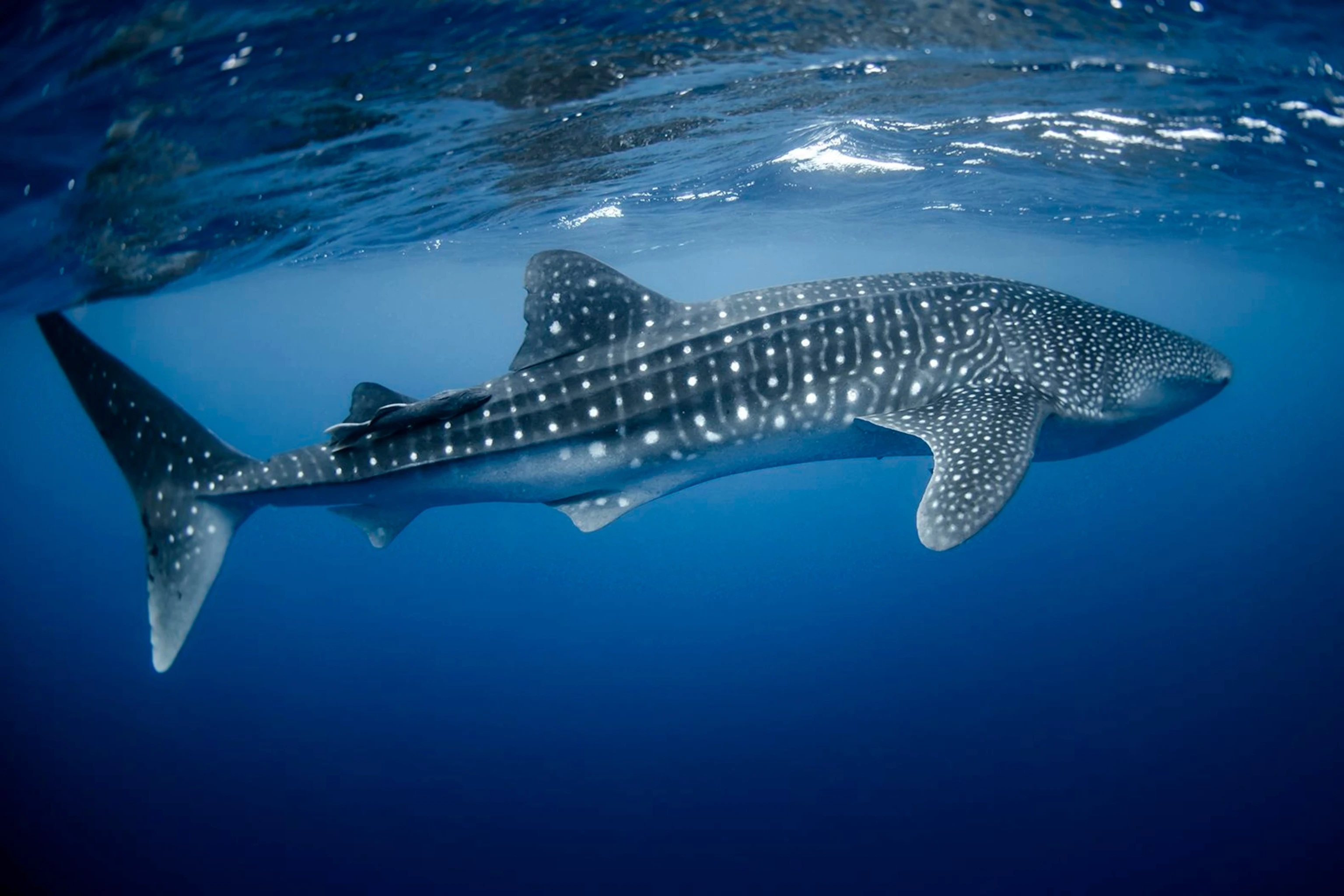
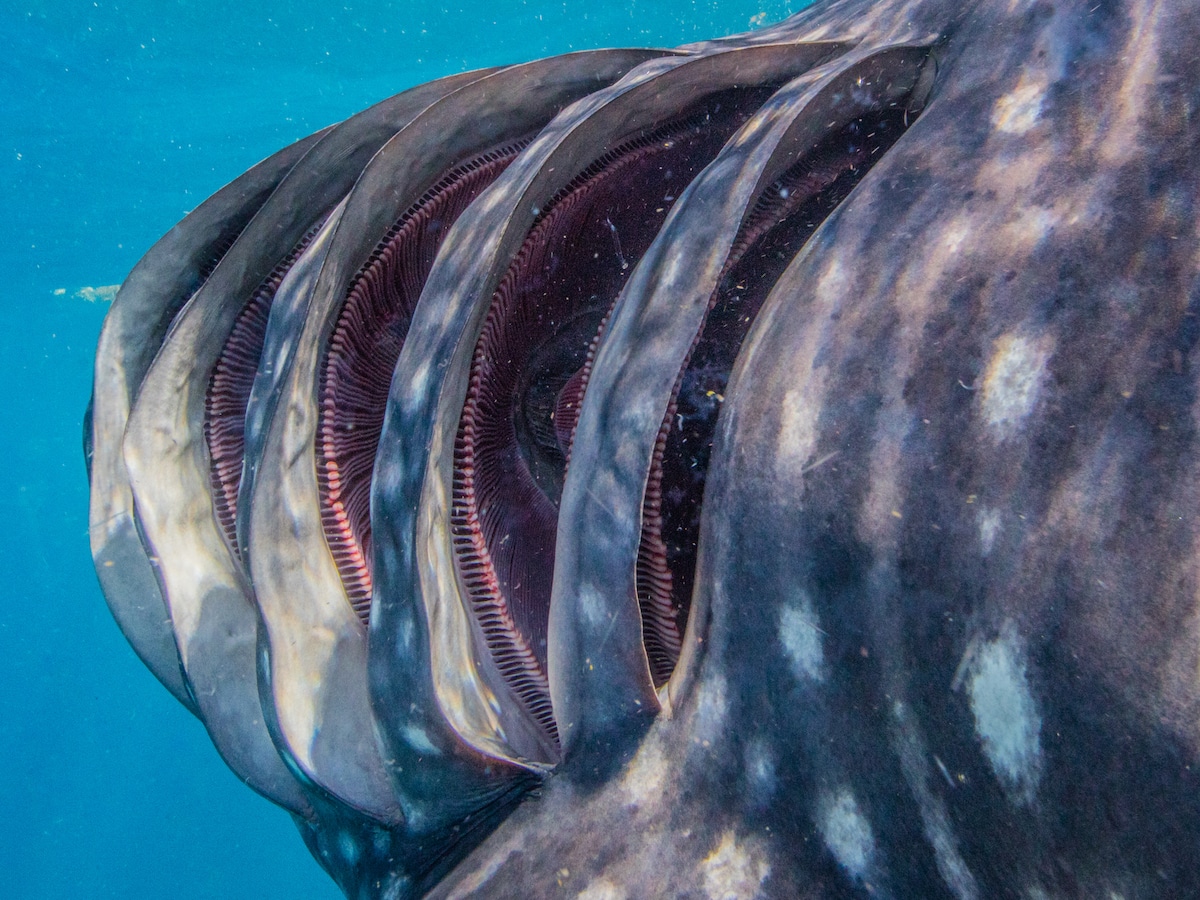
(400 points total) Which crocodilian has a narrow snout with an exposed tooth when its mouth is closed?
crocodile
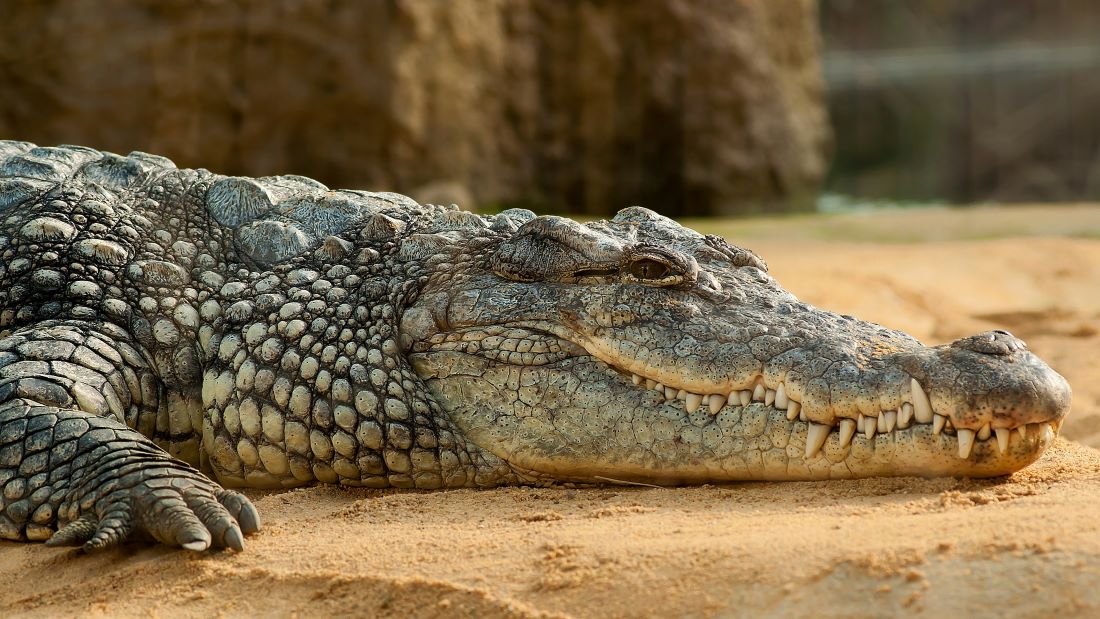
organ some vipers use to detect temperature
pit organ

to consume large meals, snakes have a set of _________-hinged jaws
double
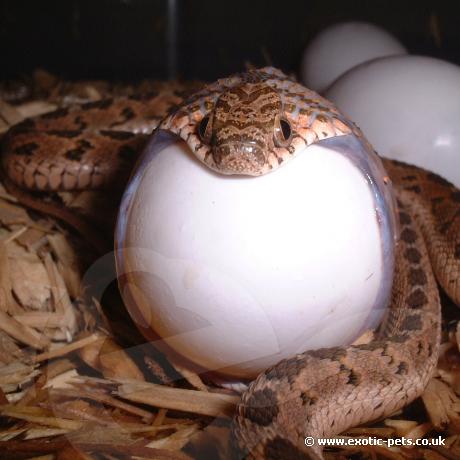
snapping turtles
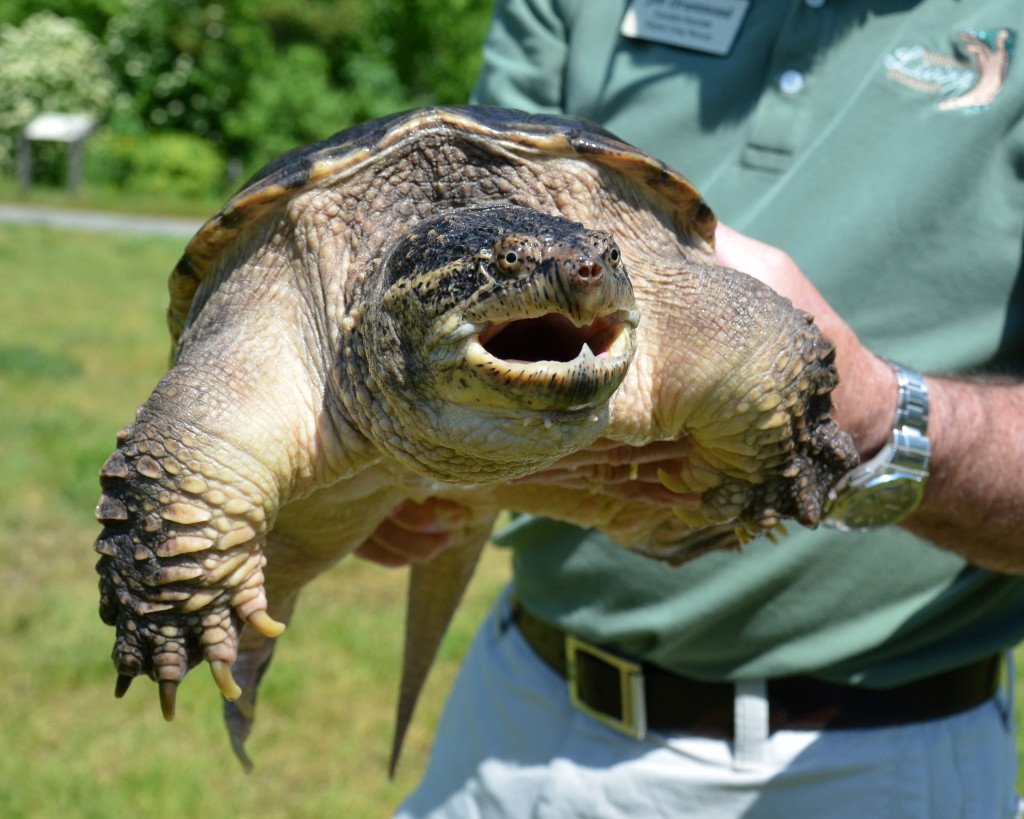
amphibians with long bodies and no limbs
caecilians

a fish's hard, movable gill cover
operculum

sperm-containing fluid released by male fish
bonuS boNUS (300 points) what is the egg stuff called?
milt; roe
cartilaginous fish with slime glands that help create a slippery coating around it
hagfish
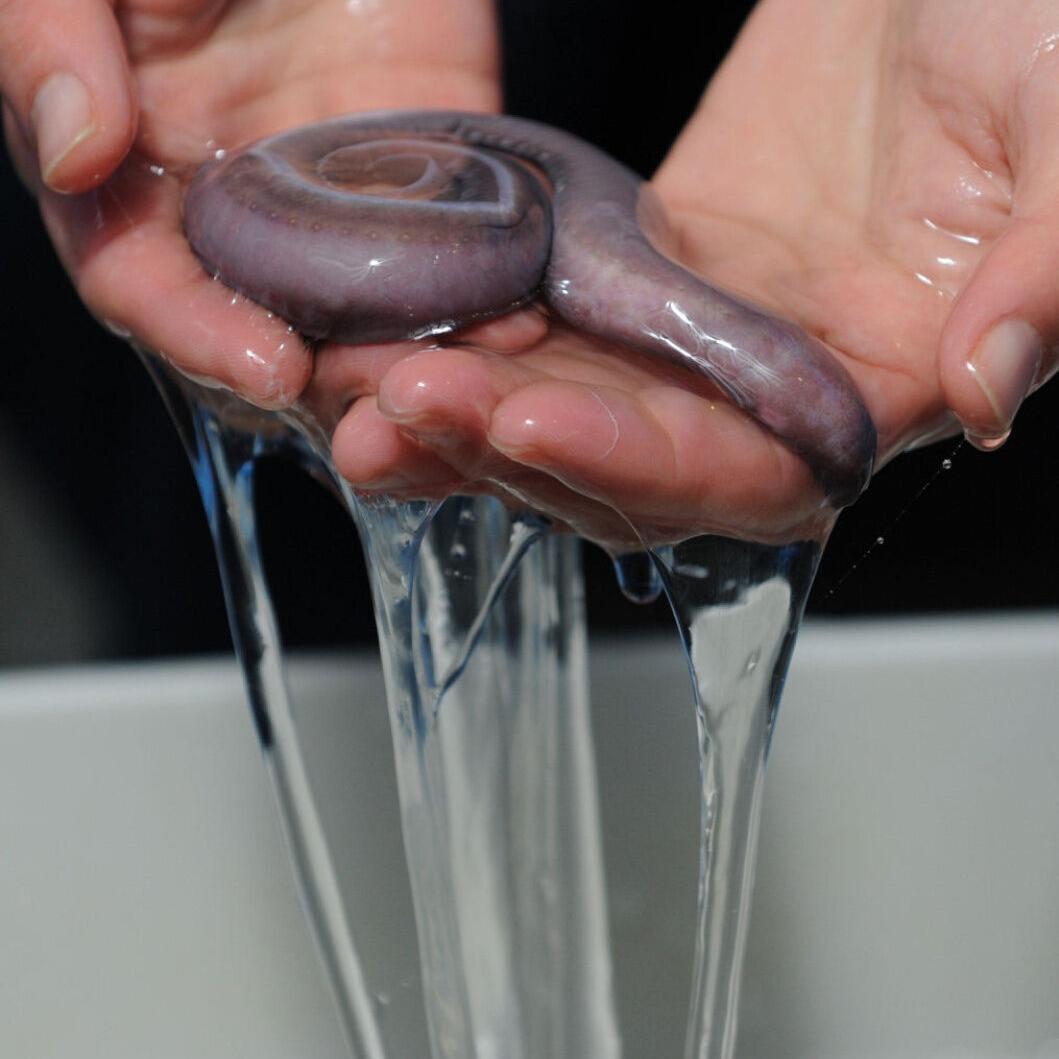
similar to modern bats
pterosaurs

color-containing cells that give reptiles the ability to change color
chromatophores

lizard tails can often ___________, or grow back
regenerate

venomous snakes with folding fangs
vipers
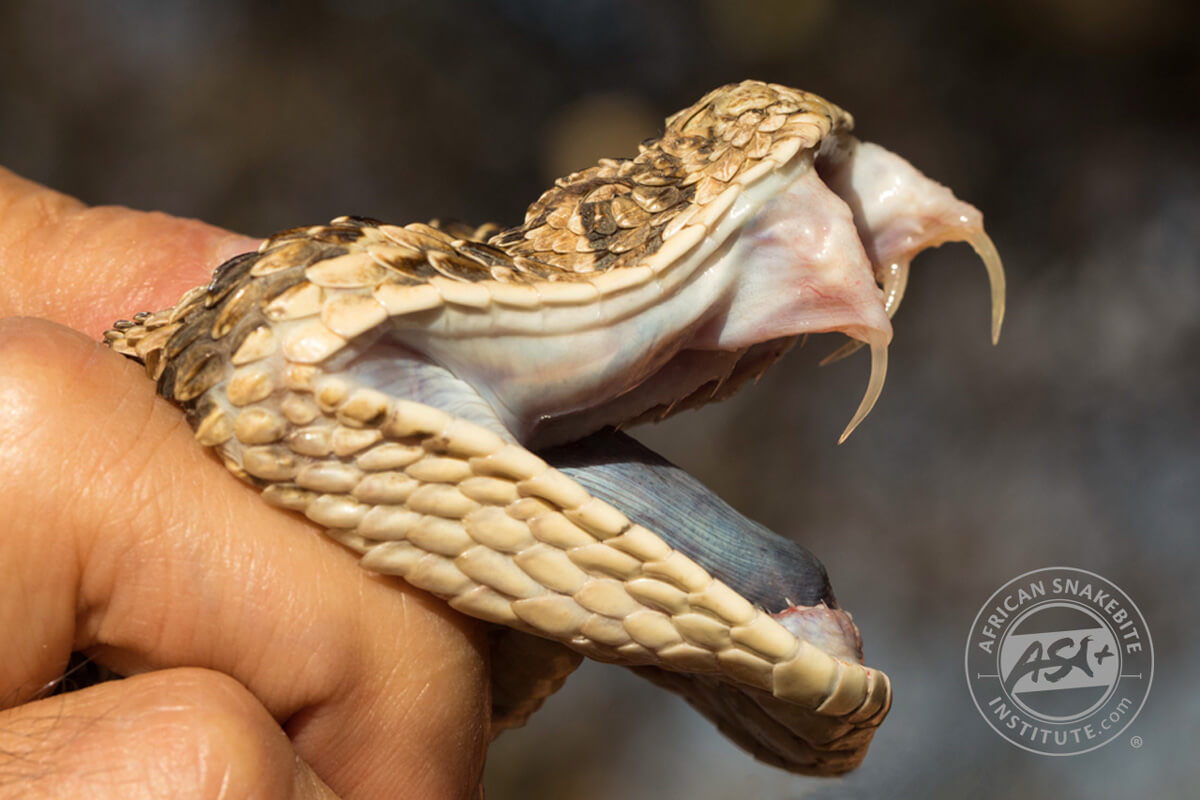
salamanders are grouped into three different categories based on
bonUS boNUS boNUS: (800 POINTS) what are the three groups called? (ALL OR NOTHING!)
reproduction

breathing holes behind the eyes of sharks and rays
spiracles
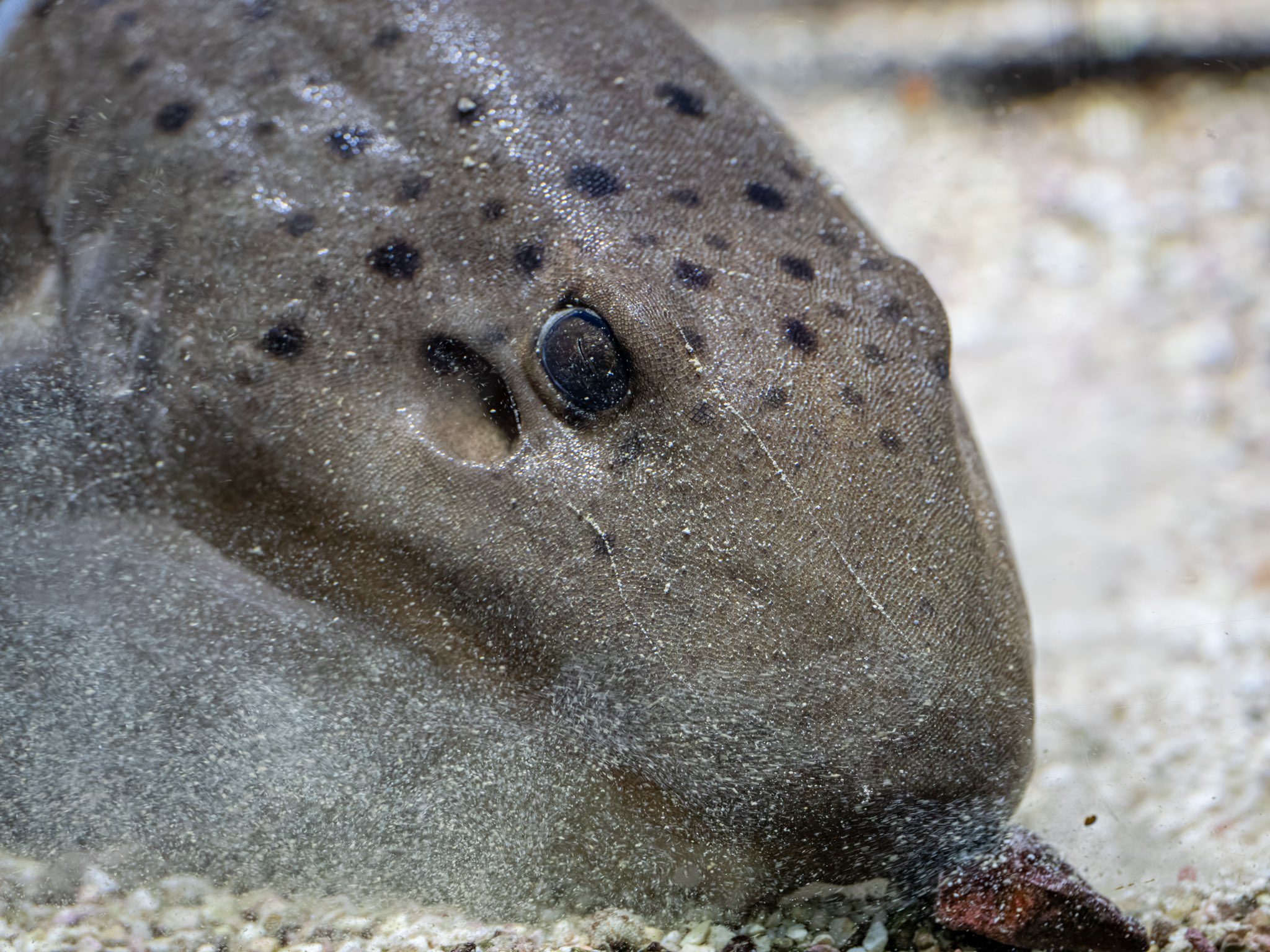
a saw fish's long unusual nose
rostrum

walked on two legs; includes T. rex
theropods

medicine given for a snake bite
antivenin (NOT ANTIVENOM)
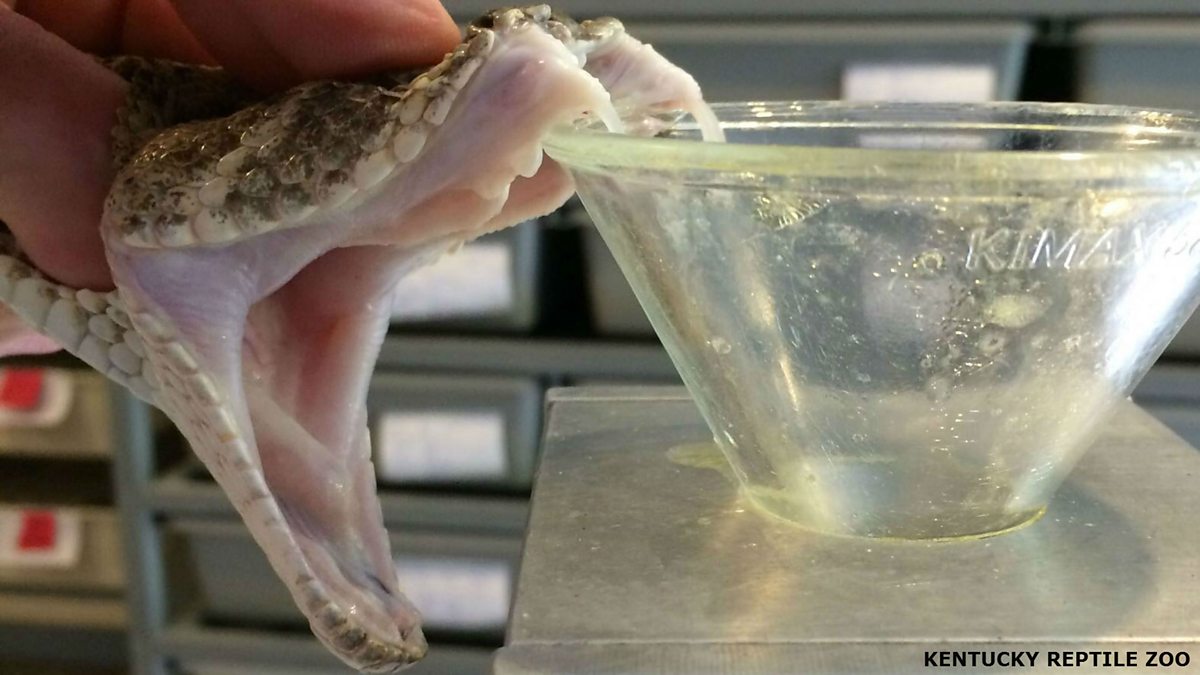
group of reptiles that care for their young
crocodilians

includes the world's smallest snakes
bonUS boNUS boNUSS (500 points) - name ALL THREE names that this group goes by
blind snakes, worm snakes, and thread snakes
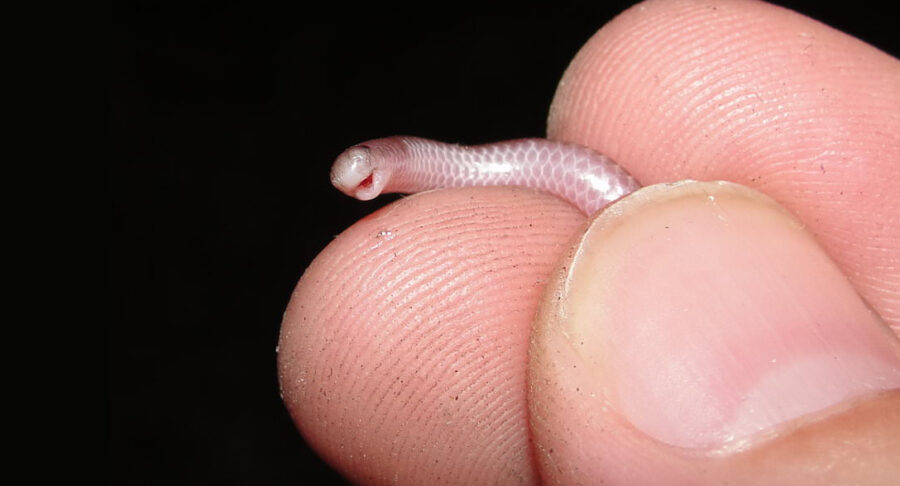
four-legged animal
tetrapod

light-producing organ of a fish
photophore

cartilaginous fish with gill covers
chimaeras
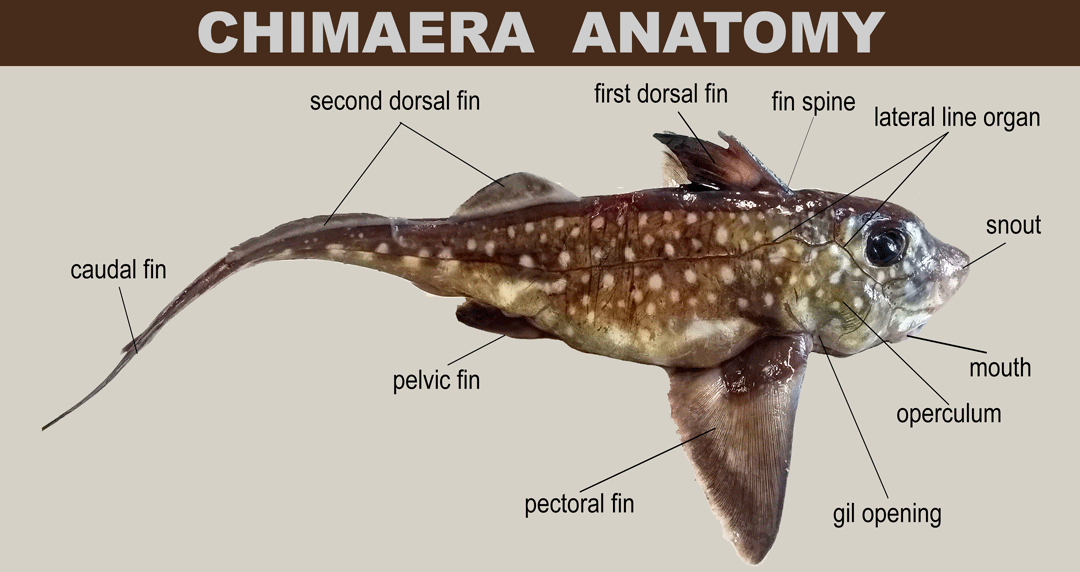
herbivores with long necks
sauropods

the transparent eye cover of a gecko
spectacle


type of venom that attacks the circulatory system
BonUS bONuS boNUS: What is the other type of snake venom called AND what does it do (need both; 600)
hemotoxic venom; neurotoxic venom: attacks the nervous system
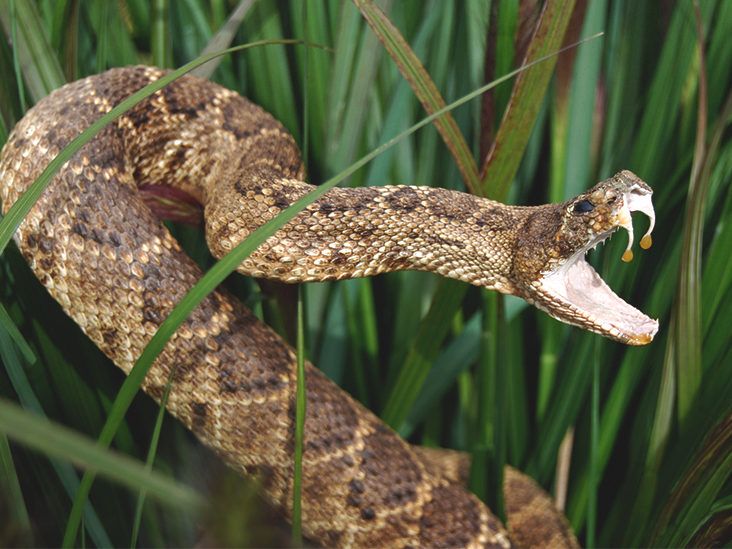
constrictors
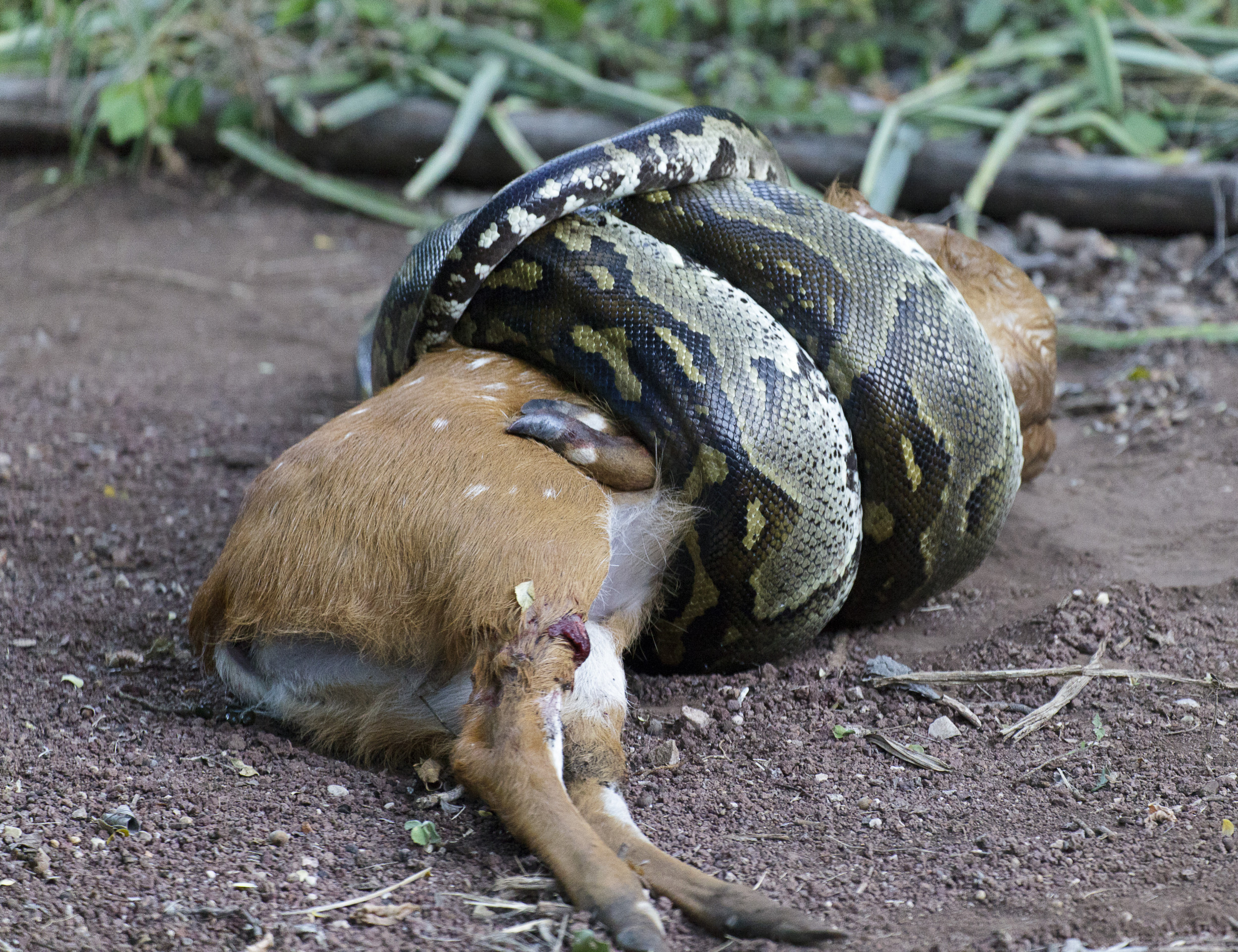
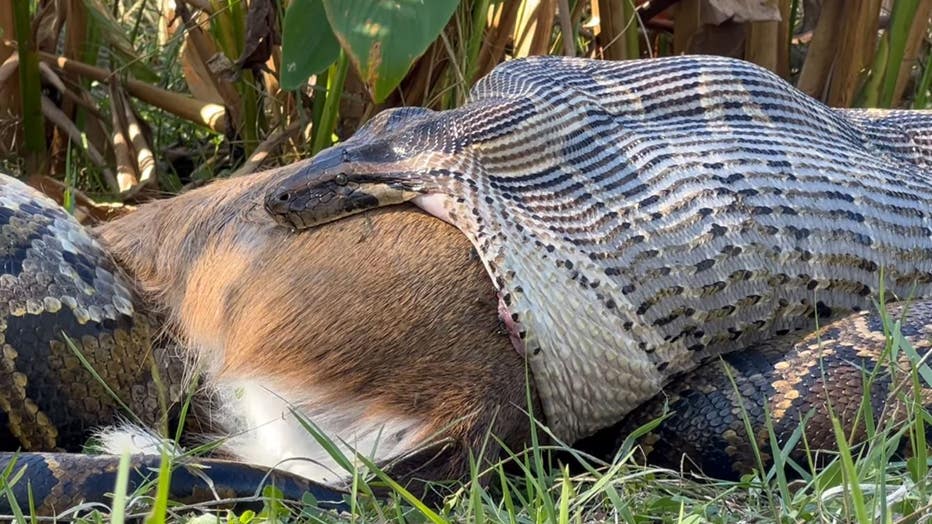
lizard-like reptile with a parietal eye
tuatara

a shark's tooth-like placoid scales
denticles
what is the difference between fish scales and reptile scales?
fish scales are hardened by bone, reptile scales are hardened by keratin

looked like giant horned lizards with bony eyelid plates and club-like tails
ankylosaurs

iguanid's throat fan
dewlap


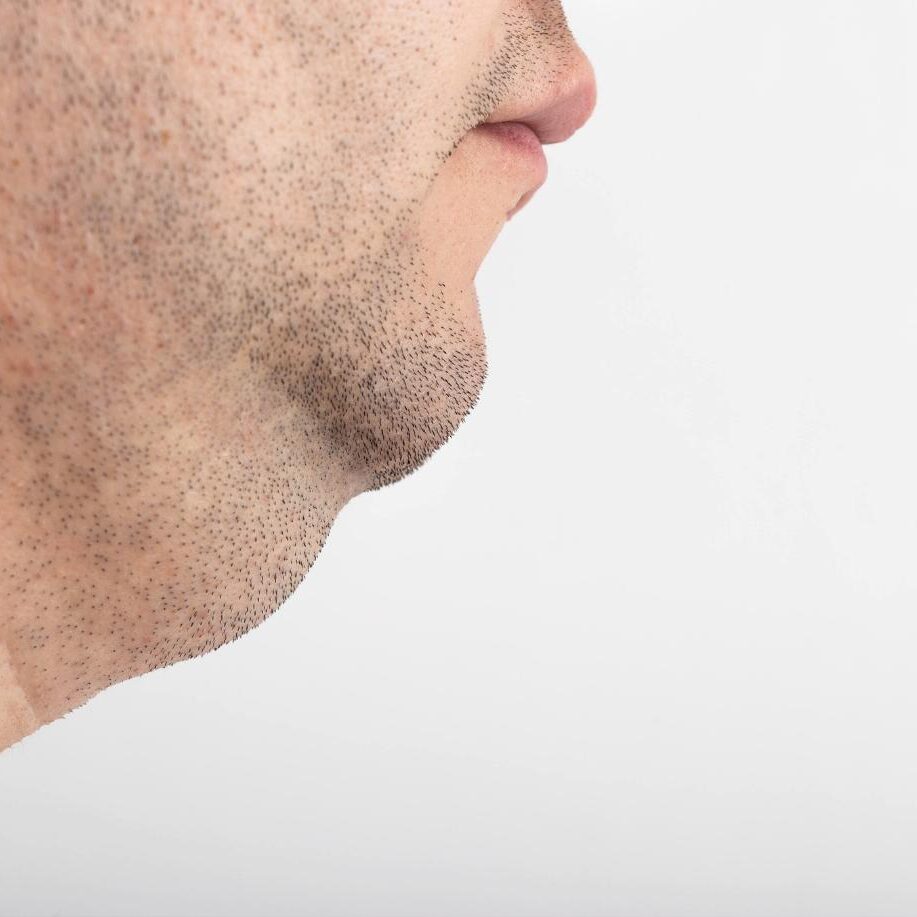
what is the definition of cold-blooded
controls its body temperature primarily by external means, such as moving to a new location (with more sun, etc)

North American elapids with red bands bordering yellow bands
coral snakes
why are amphibians called amphibians (meaning both life)?
most of them spend a significant part of their life cycle on land and in the water

electric organs designed with current-generating cells
electrocytes

Chondricthyes and Cyclostomata are two classes of __________ fish
cartilaginous

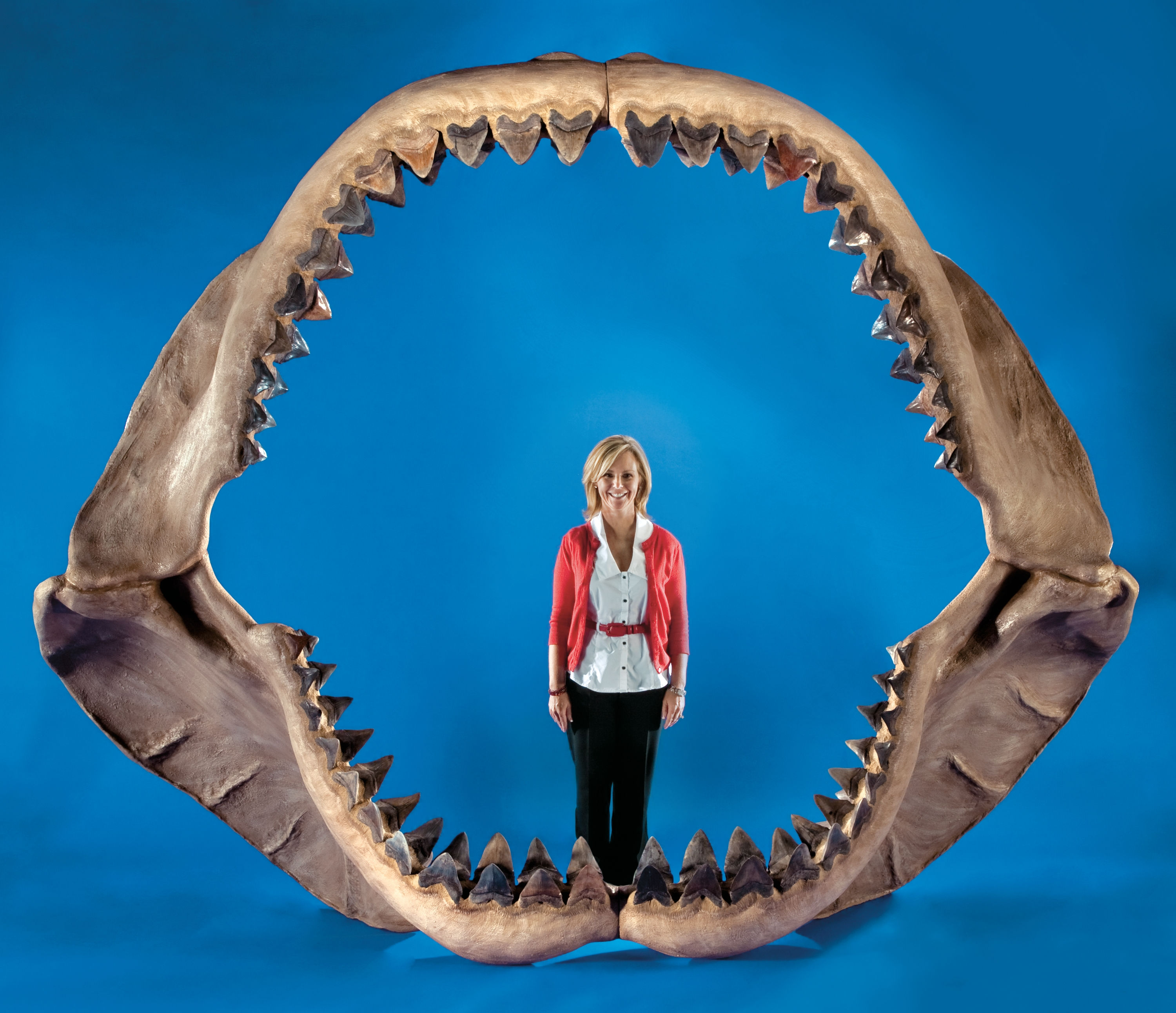
plesiosaurs
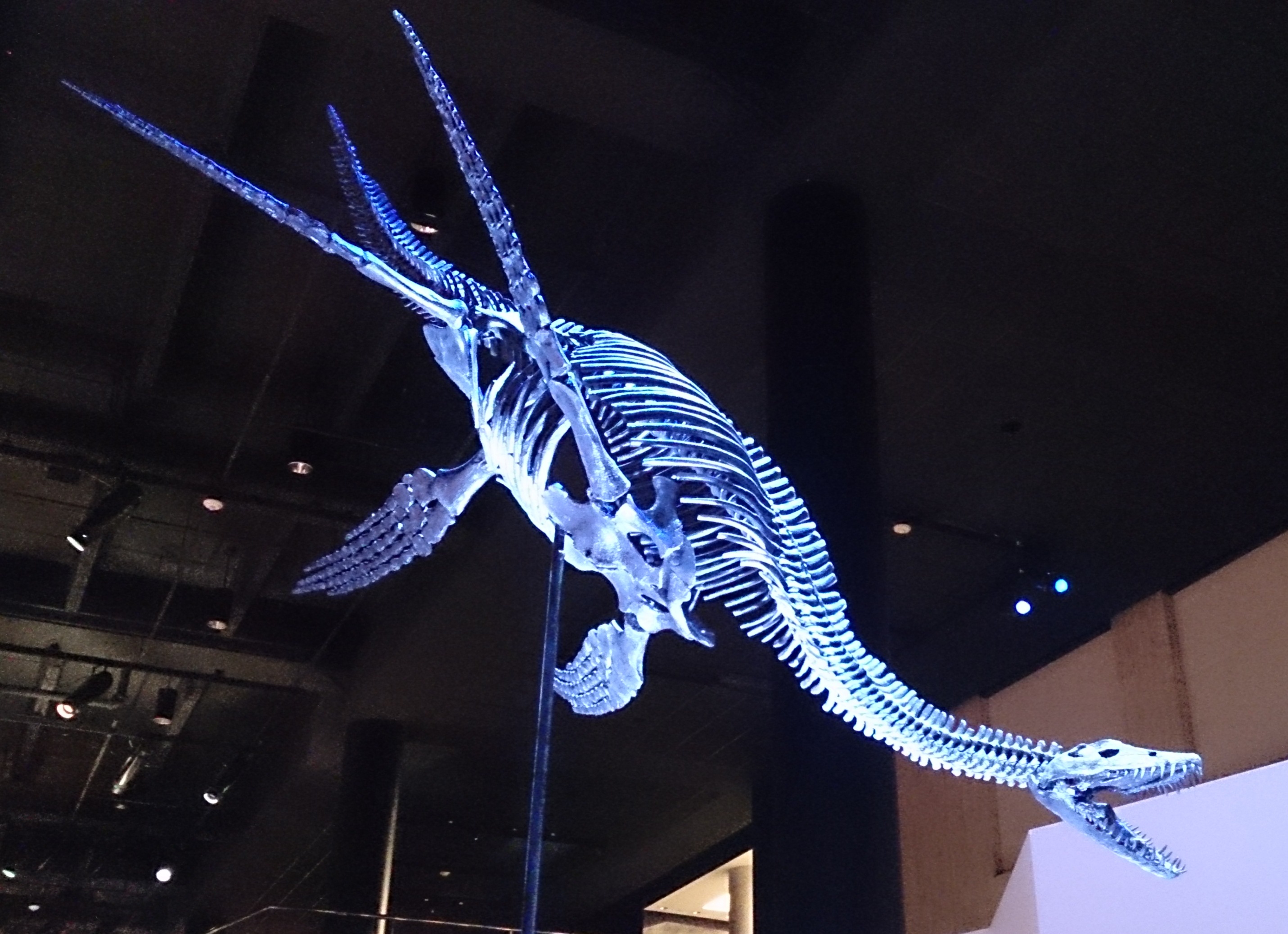
a snake's smell organ
Jacobson's organ
type of snake locomotion to moves across sandy ground, supporting parts of its body while moving the rest to the side
sidewinding
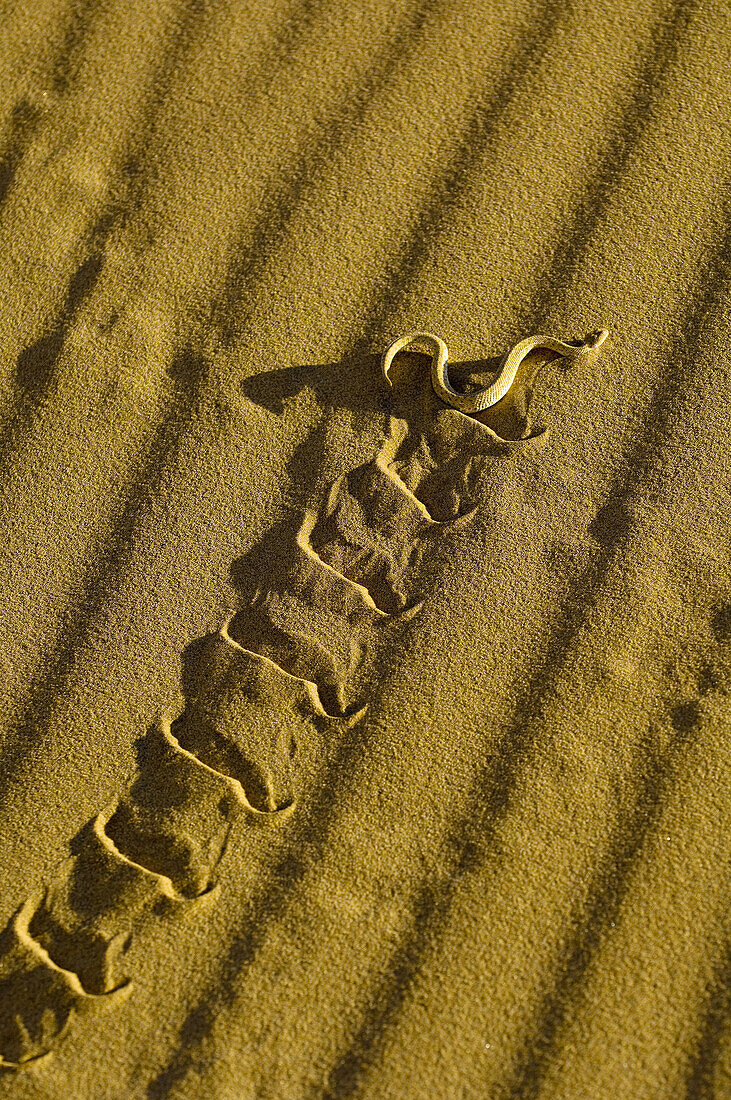
largest group of snakes
colubrids

process where a caecilian grows a new layer of fat to feed its young
dermatophagy

fish's W-shaped bands of skeletal muscles
myomeres
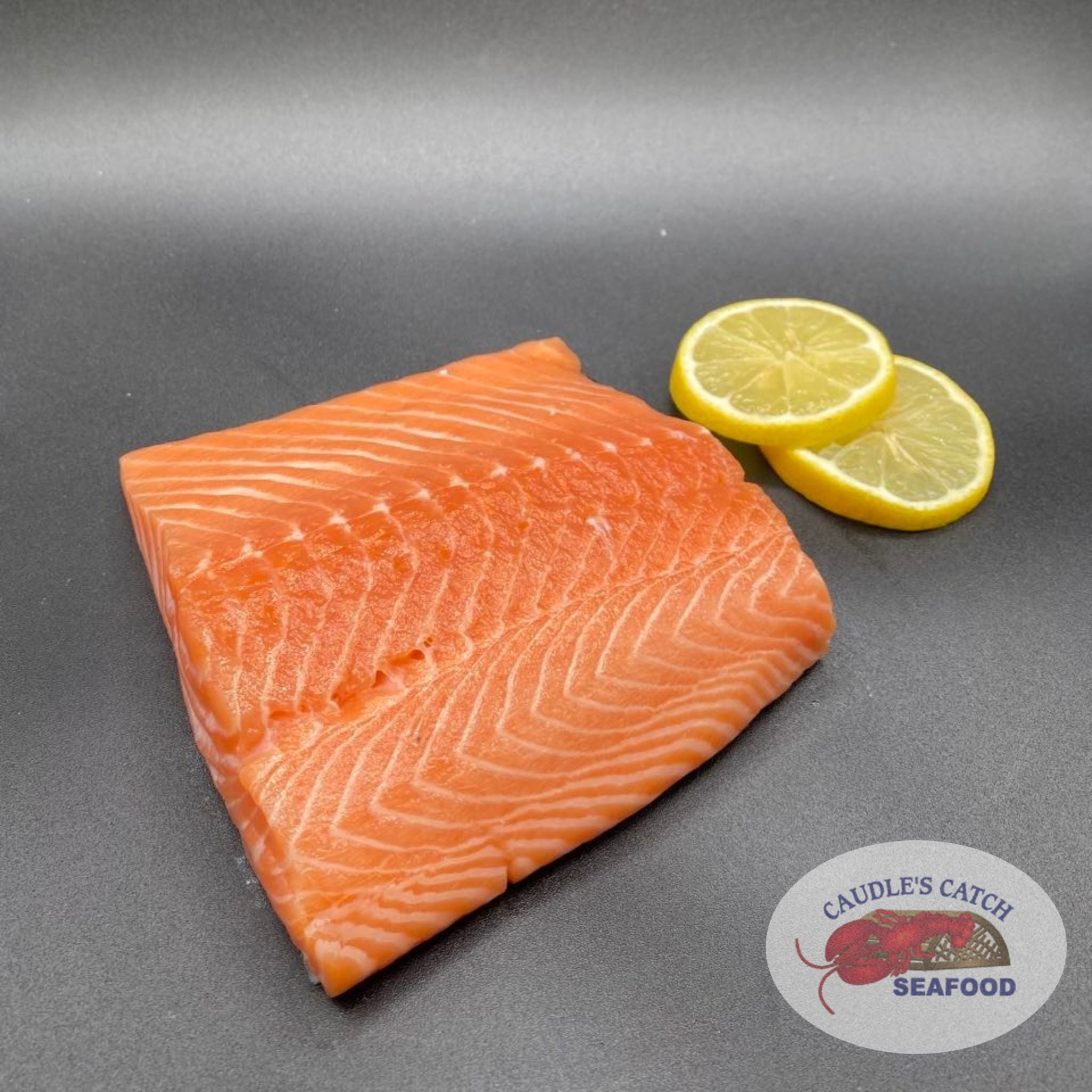
type of fin made up of bone surrounded by muscle
lobed fin
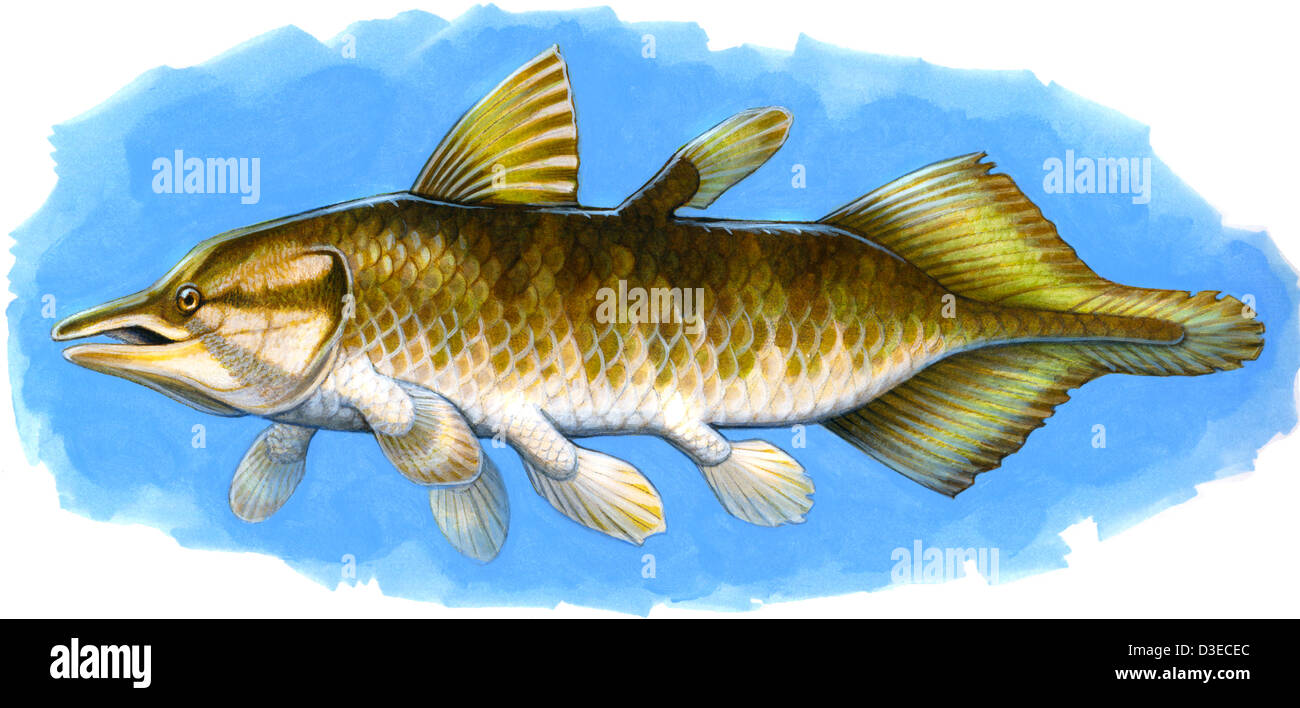
only known shark to come to the surface for air to gulp air; uses its stomach as a swim bladder
sand tiger shark
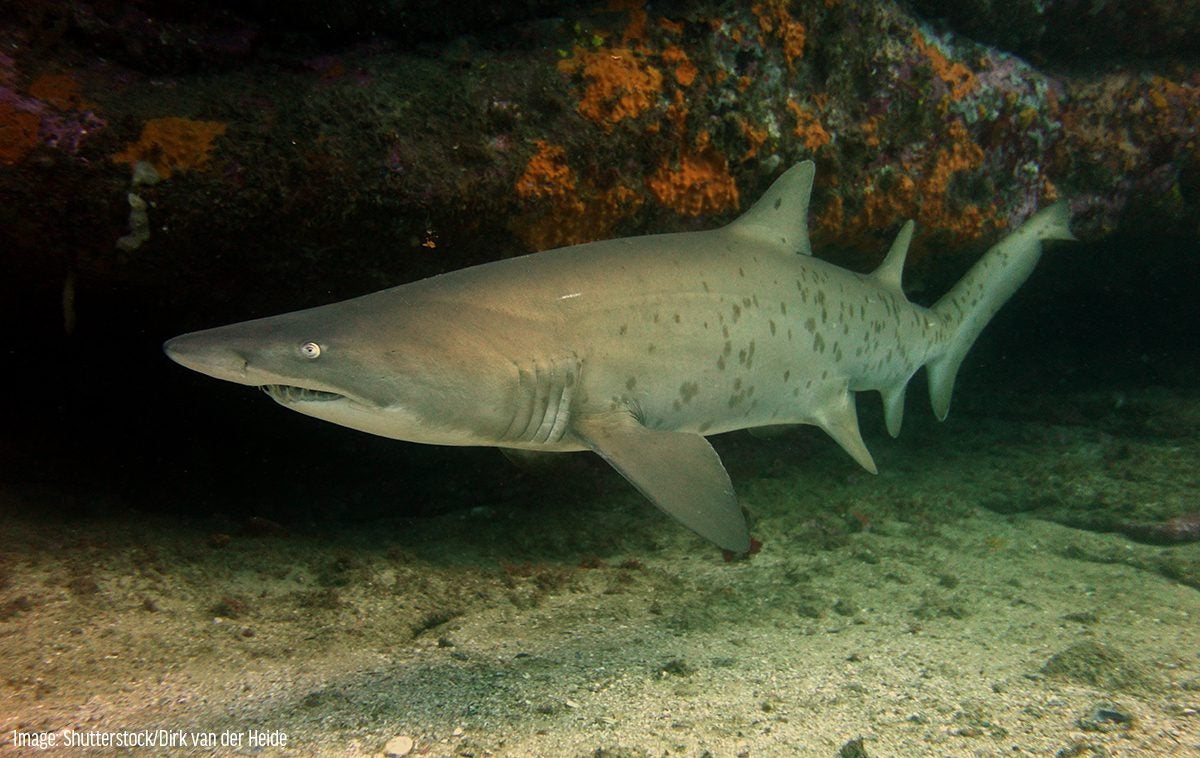
had a bony, dome-shaped head
pachycephalosaurs
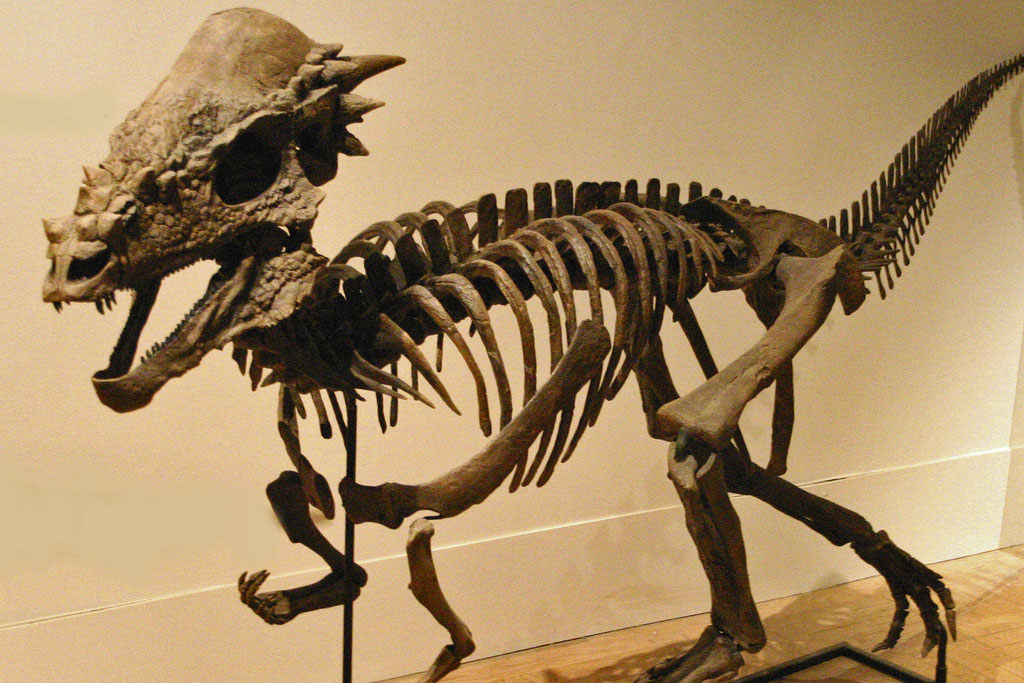
protective layer that surrounds the nutrient-filled egg of a reptile
amnion

type of movement where a snake moves in an S-shaped curve
lateral undulation

common family of venomous snakes with immovable fangs
elapids

extinct reptile-like aquatic animal that looks like a dolphin
Ichthyosaurus
